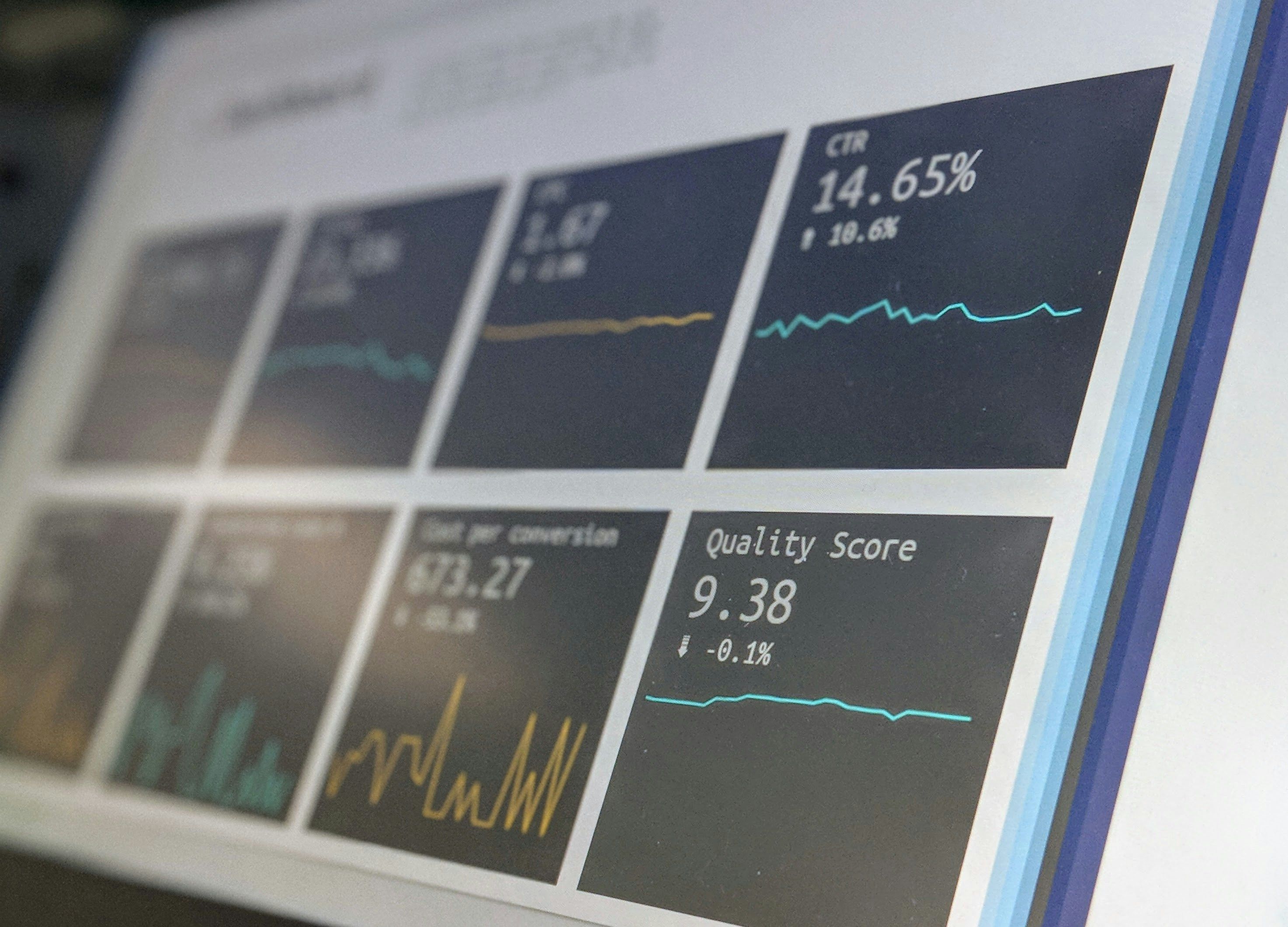THE FIVE STAGES OF SMALL BUSINESS GROWTH
After years of building organizations, the specialists noticed that a business has five growth stages.
Why are these stages important?
In the following paragraphs, we will help you understand these stages so you know where you are and what you can do to move forward with your business.
The stages we will talk about are:
- Existence
- Survival
- Maturity/Succes
- Take-off/Transition
- Resource maturity/Succession
EXISTENCE
This stage is all based on bringing your idea to life. Undoubtedly, this will be the most challenging stage of a business because it requires more than work.
It takes creativity, financial possibilities, power of will, discipline, skills, random knowledge, and many more to take this to the next stage. Also, don’t forget about time, which will become your most important resource at one point.
No matter what you try to open, many problems and difficulties will appear. But most of the time, it is money.
There are a couple of business set-up steps that you will have to go through in this stage:
Research
This is a big step that most people skip it. Let’s say you already know what service or product you are about to sell. Take a look at the market. Who are your potential customers? Can you get feedback on your idea? What about your competition? What are the ups and downs of your competition?
During the research phase, conducting a SWOT analysis can help you understand your strengths, weaknesses, competitors, and market opportunities.
Define your product
What makes your product or service better than the others already on the market? Do you have what it takes to be better? It can be anything from an improved product, price, or location. Many aspects can make your business different.
Put it down on paper
Writing a business plan can be highly beneficial. First, you have it on paper to track your progress. Also, even if everything constantly changes in a small organization, you have an idea of where you are heading, thanks to the business plan. To grow sustainably, small businesses need to analyze where profits come from and how to improve your profit margin over time.
Think through financials and possible partnerships
We advise you to be realistic about how much money you need. Give it a try anyway, but you shouldn’t try to build millions of dollars in business with no capital. Also, it would help if you have a prevision on how much money you will make.
There are two ways to move forward with your business if you don’t have the proper resources: partnerships and funding.
Create your business
This is about establishing an entity, choosing a business name, bank accounts, etc.
Get help
Most of the time, you won’t be able to do everything yourself. Here we can include the hiring process or getting help from agencies, freelancers, or other companies.
Focus on your customer
Setting up a customer database will be very important. You will do that primarily through the value of your product. You will have to choose quality over quantity, meaning you have to be able to deliver high-quality products or services over and over again. Your goals should be ambitious, but don’t take too much responsibility on your shoulders if you know you can not carry them. To deliver consistent value, you need a deep understanding of the customer journey, from initial awareness to repeat purchases.
Marketing
As a small business, you will have to build awareness. You’ll have to build a website, social media accounts, advertising campaigns, communities, etc.
Track your business numbers
Revenue, profits, expenses, cash flow, margins, etc. However, understanding your revenue isn’t enough, long-term stability depends on optimizing cash flow and keeping predictable money movement inside the business.
Would you like to get started with influencer marketing? Start a free trial or book a demo with Social Cat to collaborate with micro-influencers.

GROWTH / SURVIVAL
Most of the time, at this point, the company proved that it had a viable product. But, even if the revenue is higher than usual, there is still a struggle with the profit. Most companies barely break even. But if you are one of the luckier ones, you might be on profit.
Companies tend to hire more people and focus on growth or savings during this stage.
If demand proves strong, founders can explore venture capital funding to accelerate growth and expand operations.
MATURITY/SUCCESS
The company has reached a level of stability and has established a solid customer base. During this stage, a business may have a well-defined brand and product offering, and may have a relatively predictable stream of revenue. In the maturity stage, a business may face increased competition and may need to focus on retaining its existing customers and finding new growth opportunities in order to continue to thrive. This stage is often marked by a slowdown in the rate of growth, as the business has reached a level of saturation in its market. To navigate the maturity stage successfully, a business may need to focus on innovation, cost management, and customer satisfaction.
At this stage, refining your operations management becomes essential for delivering consistent value and maintaining your competitive edge.
TRANSITION
The transition stage of a business is a stage in the life cycle of a company where it is moving from one phase of development to another. This can be a time of significant change and uncertainty for a business, as it may be introducing new products or services, entering new markets, or undergoing major organizational changes. During the transition stage, a business may face challenges such as uncertainty about its future direction, increased competition, and the need to adapt to changing market conditions. To successfully navigate the transition stage, a business may need to be flexible, adaptable, and willing to take risks in order to position itself for future growth and success.
SUCCESSION
The succession stage of a business is the final stage in the life cycle of a company, and is typically characterized by a transition of ownership and management. This can happen through a number of different means, such as the sale of the business to a third party, the passing of ownership to a successor within the company, or the dissolution of the company altogether.
CONCLUSION
In conclusion, the small business life cycle consists of several distinct stages, each with its own challenges and opportunities. From the initial startup phase, to growth and expansion, to the eventual succession stage, small businesses must navigate a range of obstacles and make strategic decisions to succeed. Understanding the different stages of the small business life cycle can help owners and managers identify the key challenges and opportunities they are likely to face, and develop strategies to overcome them.
Table of content
Looking for influencers?










